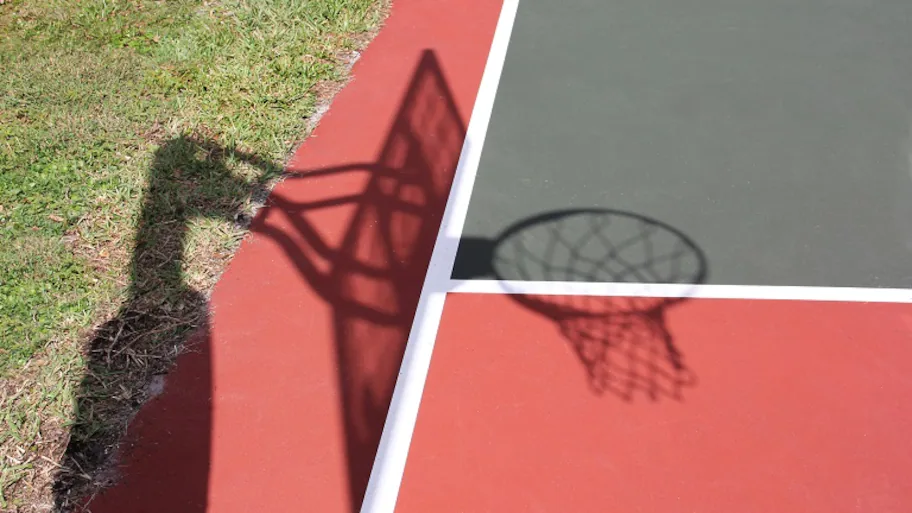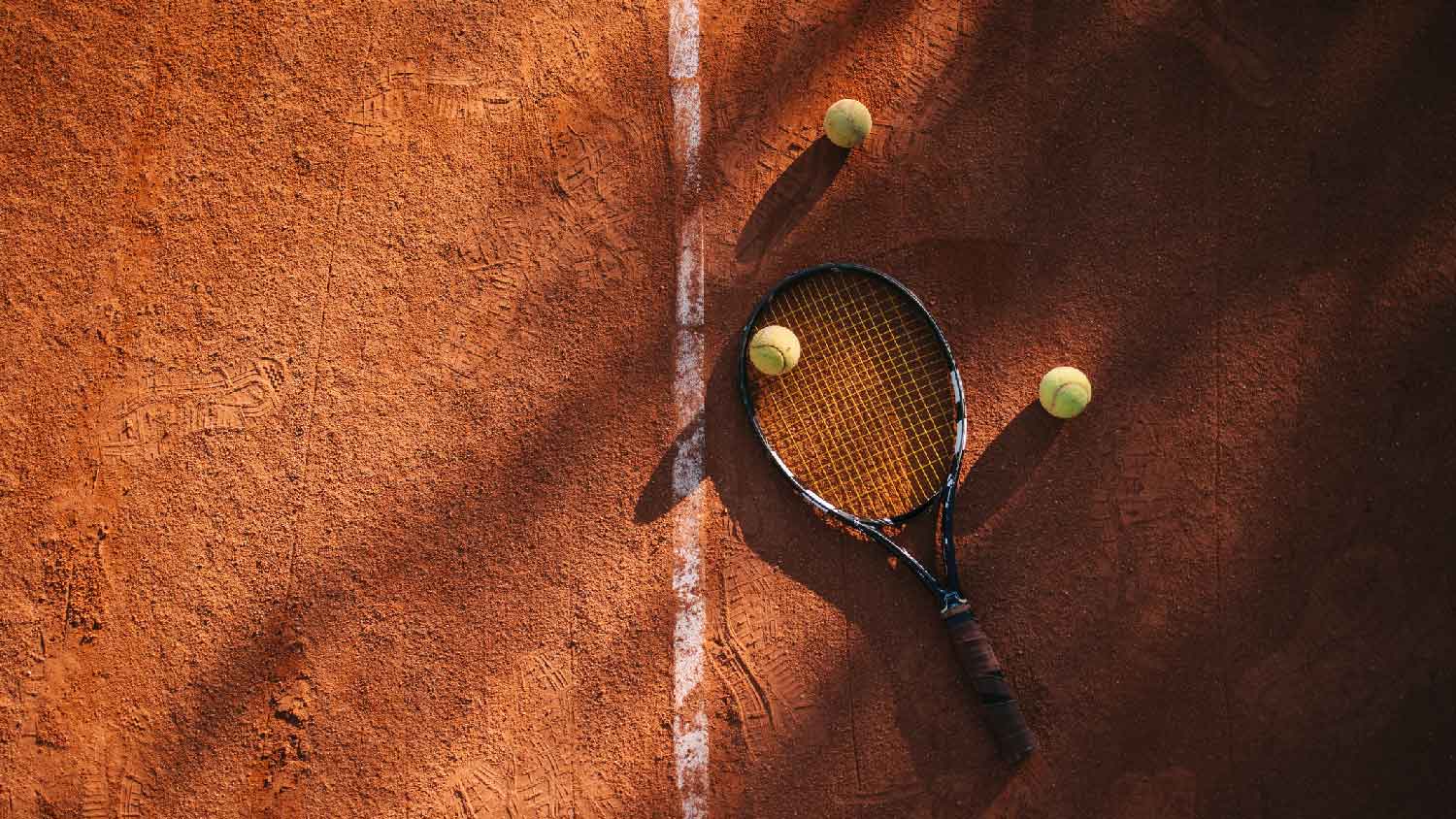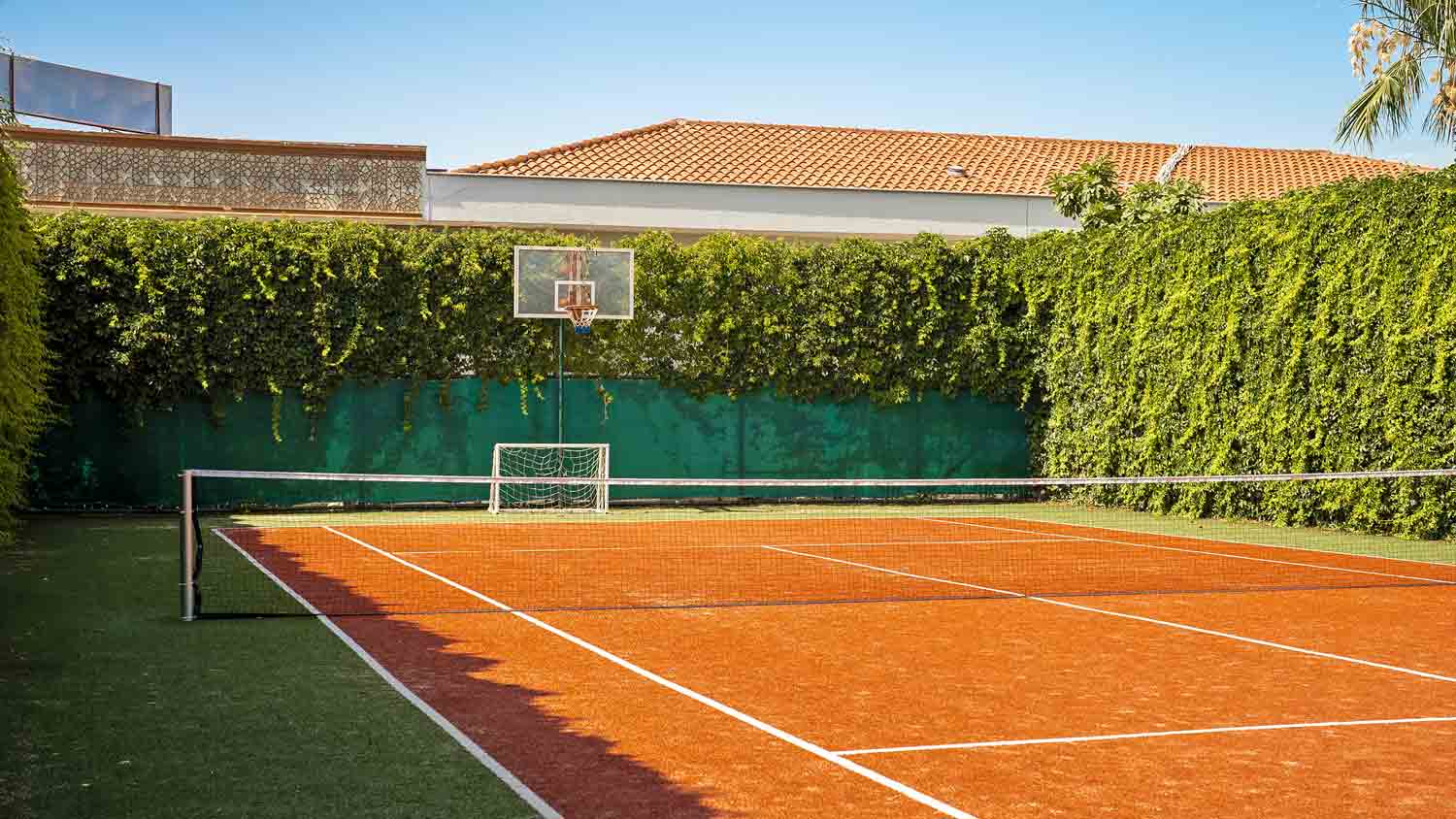
Discover the cost to resurface a tennis court, including average prices, key cost factors, and tips to help you budget for your court resurfacing project.
The average cost to build a pickleball court ranges from $20,000 to $50,000, with most homeowners paying an average of $34,000. The main cost factors include court size, surface material, site prep, and add-ons.


How much it costs to build a pickleball court depends on court size, materials, and site conditions.
Budget $4 to $12 per square foot for your pickleball court installation project.
Surface installation is the biggest cost, ranging from $4,400 to $13,200 on average.
Add-ons like fencing and lighting increase the total price by an average of $4,000 to $16,000.
Professional installation by a general contractor costs 10% to 20% of the project total, and ensures quality and longevity.
This article was created using automation technology and thoroughly fact-checked and edited by an Angi Editor in accordance with our AI policy.
How much does it cost to build a pickleball court? On average, homeowners spend between $20,000 and $50,000, with an average of $34,000. Costs vary by court size, surface material, and location, with most courts costing $4 to $12 per square foot. Let’s break down what impacts your total price.
Building a pickleball court is a multi-step project that involves site preparation, surface installation, fencing, lighting, and more. The total cost to build a pickleball court ranges from $10,000 for a basic outdoor installation to $70,000 or more for premium features or indoor courts.
This price includes site prep, materials, labor, and common add-ons. Your final price depends on factors like court size, chosen surface, add-ons such as lighting, and whether you opt for indoor or outdoor placement.
Each part of the court contributes to the overall price. Here are the main components for a standard 880-square-foot court.
| Component | Description | Average Cost |
|---|---|---|
| Surface installation | Concrete, asphalt, or acrylic surface | $4,400–$13,200 |
| Net system and posts | Regulation net, posts, and anchors | $300–$1,500 |
| Fencing and barriers | Chain link, vinyl, or custom fencing | $2,000–$6,000 |
| Lighting installation | Outdoor or indoor lighting fixtures | $2,000–$10,000 |
| Line painting | Marking court lines and boundaries | $200–$1,000 |
| Site grading/drainage | Leveling, drainage, and soil stabilization | $1,000–$5,000 |
| Amenities | Benches, shade, windscreens, storage | $800–$2,500 |
| Maintenance/repair | Annual upkeep and surface repairs | $300–$1,500 per year |
The size of your pickleball court is one of the biggest factors in your total cost. A standard pickleball court measures 20 feet by 44 feet, totaling 880 square feet. Most homeowners add extra space around the court for safety and comfort, which increases both the required lot size and the overall price.
Building a single court is less expensive than constructing multiple courts at once, but adding courts can reduce the cost per court due to shared site prep and infrastructure. Expanding the play area for multi-use or extra features will increase your investment. You’ll need a minimum lot size of about 30 feet by 60 feet to allow for appropriate run-off and fencing.
| Court Size/Type | Average Cost |
|---|---|
| Single | $15,000–$35,000 |
| Double | $28,000–$60,000 |
Customization options like extra seating, landscaping, or storage space will add to your total. Multi-use courts that combine pickleball with tennis or basketball require larger footprints and specialized surfacing, which increases costs. Custom shapes or layouts for unique properties may also raise the overall investment due to additional design and construction work.
Hiring experienced professionals is key to building a safe, durable, and regulation pickleball court. Here’s what you can expect from the main pros involved.
A general contractor manages the entire project, from planning and permits to construction and final inspection. General contractors charge a flat fee or 10% to 20% of the total project cost. General contractors coordinate all subcontractors, handle site prep, and ensure the work meets local codes and quality standards. Choose a contractor with direct experience in sports court construction for the best results.
Court surface installers specialize in laying concrete, asphalt, or acrylic surfaces specifically for sports courts. Labor costs average $5 to $15 per square foot, depending on your region and the surface type you choose. These pros handle everything from site preparation and pouring the foundation to finishing the playing surface and painting lines. Expect higher labor rates in urban areas or regions with high demand.
On top of hiring a general contractor, you may need to budget for these other professionals when building a pickleball court:
Landscape architect: $70–$150 per hour for site design and drainage planning.
Electrician: $50–$130 per hour for lighting and electrical work.
Maintenance contractor: $300–$1,500 annually for ongoing court upkeep.
If your site has existing pavement, structures, or landscaping, demolition is the first step. Land clearing, including removing old concrete, asphalt, or vegetation costs $1,000 to $4,000, depending on the scope. Site grading and leveling add $1,000 to $5,000. Soil stabilization is essential for a long-lasting court, and heavy equipment may be needed. Plan for several days to a week for prep work, depending on site complexity.
Building a pickleball court usually requires zoning, construction, and sometimes electrical permits. Your contractor often handles this process, but confirm who is responsible before starting.
Permit costs vary widely by location, from $200 to $2,000. Inspections may be required at multiple stages, potentially adding fees and time. The approval process can take one to six weeks and may impact your overall project timeline.
Where you live makes a significant difference in how much it costs to build a pickleball court. Regional labor rates, local material prices, and permitting fees all impact your bottom line. Urban areas and states with higher construction costs, like California or New York, often see the highest prices, while rural or southern regions may offer savings.
Climate and environmental conditions also affect costs. Wet or unstable soil requires more site prep. Areas with harsh winters may need extra drainage or weatherproofing, while hot climates benefit from shade and heat-resistant surfaces. Indoor courts are popular in regions with extreme weather, though they cost significantly more to build.
Adding a pickleball court involves more than just construction. Be sure to budget for taxes, insurance, warranties, and special features that enhance your court’s value and usability.
A new court can increase your property value, which affects your property taxes. Check with your local assessor’s office for details. It’s wise to update your homeowner’s insurance to cover liability and property damage associated with the court.
Many contractors provide warranties on court surfaces (five to 20 years), fencing, and lighting. Warranties typically cover defects and premature wear, but not damage from neglect or extreme weather. Always review what’s included before committing.
Adding windscreens, benches, shade structures, or storage sheds can make your court more enjoyable. Expect to pay between $800 and $2,500 for accessories. ADA accessibility features, like ramps or wider pathways, will add to your price but increase usability for all. Custom logos, colors, or branding are available for an additional fee.
If your property is sloped, rocky, or difficult to access, expect higher costs for grading, retaining walls, or drainage improvements. These challenges require extra labor, materials, and time.
Surface cracks, net replacement, or fencing repairs are common over time. Annual maintenance costs range from $300 to $1,500. Post-construction cleanup, including debris removal and landscaping repairs, may add $300 to $1,000 to your final bill.

If you’re handy and willing to invest time, building your own pickleball court can save on labor costs. Materials for a DIY court—including surface, net, and fencing—range from $7,000 to $20,000 for a basic setup. You’ll need to rent or buy tools such as concrete mixers, compactors, and power tools, which can add $1,000 to $3,000. Expect to spend several weekends or more on the project, and be prepared for a steep learning curve.
Common DIY mistakes include poor site grading, uneven surfaces, or improper drainage, which can lead to costly repairs. Professional installation costs more upfront but offers better quality, durability, and warranty coverage. Pros ensure compliance with safety codes and handle all the details.
| Approach | Description | Average Cost |
|---|---|---|
| DIY | Homeowner handles all tasks | $8,000–$23,000 |
| Professional | Turnkey installation by experienced pros | $20,000–$50,000 |
Understanding the difference between remodeling and renovating can help you choose the right approach for your property. Remodeling involves major changes—such as converting a tennis court to pickleball, expanding the play area, or adding new features. Renovation focuses on restoring or resurfacing an existing pickleball court, repairing cracks, and repainting lines.
Remodeling a court costs $10,000 to $25,000, depending on the extent of changes. Renovating an existing court is more affordable, ranging from $3,000 to $15,000 for resurfacing and repairs. Complex upgrades, like new lighting or expanded fencing, increase the price for either option.
Remodeled courts can last 20 years or more with proper care, while renovated surfaces typically need attention every five to 10 years. Choose remodeling if you want major upgrades or a new layout; opt for renovation if your court is fundamentally sound but needs a refresh.
Consider these cost-saving strategies to make your pickleball court installation project more economical:
Choose standard court dimensions to avoid material waste and extra labor.
Get detailed quotes from at least three local sport court installation pros to ensure competitive pricing.
Select cost-effective surface materials like asphalt or modular tile for the best value.
DIY certain tasks, such as painting lines, installing nets, or basic landscaping.
Source materials locally to lower shipping or delivery fees.
Plan for future add-ons by installing only essential features now and upgrading later as your budget allows.
A well-designed pickleball court can increase your home’s curb appeal and attract buyers who value recreation and fitness. The return on investment depends on your neighborhood, court quality, and local demand for sports amenities. In active communities, a court can be a standout feature, especially if it’s well-maintained.
Factors that affect value include the quality of construction, location on your property, and whether neighbors or renters can use the court. Courts designed for community or rental use may offer additional income potential. Safety, efficiency, and accessibility features—like good lighting and universal design—boost the court’s appeal for families and guests.
Beyond property value, a pickleball court offers lifestyle benefits. Customization options, such as unique colors or shaded seating, make the space more enjoyable and may enhance resale value.
Home is the most important place on earth, which is why Angi has helped more than 150 million homeowners transform their houses into homes they adore. To help homeowners with their next project, Angi provides readers with the most accurate cost data and upholds strict editorial standards. We extensively research project costs to develop the pricing data you see, so you can make the best decisions for you and your home. We rely on reputable sources, including the U.S. Bureau of Labor Statistics, academic journals, market studies, and interviews with industry experts—all to ensure our prices reflect real-world projects.
Want to help us improve our cost data? Send us a recent project quote to [email protected]. Quotes and personal information will not be shared publicly.
From average costs to expert advice, get all the answers you need to get your job done.

Discover the cost to resurface a tennis court, including average prices, key cost factors, and tips to help you budget for your court resurfacing project.

Ready to step up your game? Use this indoor basketball court cost guide to get an idea of how much your project will cost based on size, materials, and more.

Wondering how much it costs to build a basketball court? Learn about average prices, key cost factors, and ways to save on your home court project.

Debating between a pickleball court or a tennis court? Use this guide to learn all about the difference in sizes between these two courts and compare them based on factors like maintenance and longevity.

Installing or resurfacing a tennis or game court is a big investment. Follow these residential tennis court questions to help you talk with a contractor.

A tennis court’s size significantly affects gameplay. Use this guide to learn how to size your tennis court based on factors like space available and regulation requirements.